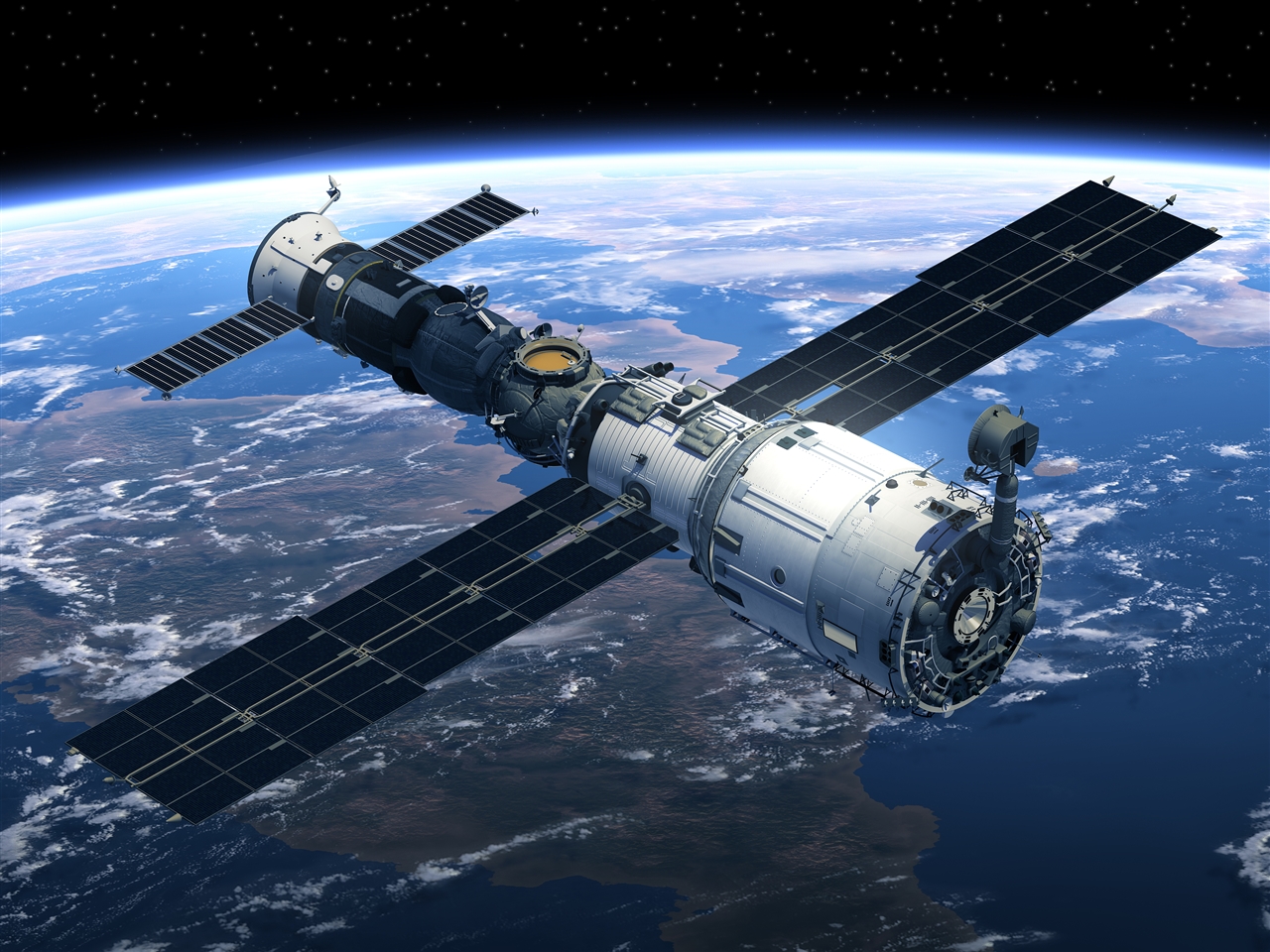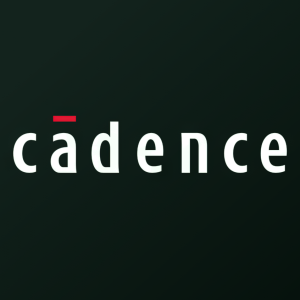Reaching for the Stars: TEACH-NW Students Connect With the ISS
Rhea-AI Summary
TEACH-NW students are preparing to establish a live connection with the International Space Station (ISS) on October 18, 2024. Led by 13-year-old Ezekiel Wheeler, the students built a custom radio antenna as part of NASA's ARISS program. The project, selected by NASA, involves collaboration with the Carlton Observatory at the Evergreen Air and Space Museum and support from Cadence Design Systems.
The students will communicate with Astronaut Sunita Williams during a ten-minute live amateur radio call. The event will be hosted at the Carlton Observatory and live-streamed online. This initiative showcases the power of STEM education and community collaboration in inspiring young innovators and problem-solvers.
Positive
- TEACH-NW selected by NASA for a rare opportunity to connect with the ISS
- Collaboration with Carlton Observatory and Evergreen Air and Space Museum enhances the project's reach
- Cadence provided radio circuit design tools, enabling students to design and simulate the antenna system
- The project demonstrates practical application of STEM education, potentially inspiring future innovators
Negative
- None.
News Market Reaction 1 Alert
On the day this news was published, CDNS declined 0.09%, reflecting a mild negative market reaction.
Data tracked by StockTitan Argus on the day of publication.
NORTHAMPTON, MA / ACCESSWIRE / October 14, 2024 / Cadence Design Systems
Exploring the vastness of space has always been a captivating endeavor, and for a group of dedicated students at TEACH-NW, it's a dream coming true. These young minds are preparing to establish a live connection with the International Space Station (ISS), an effort that showcases the power of STEM education to unlock new horizons. In this exciting initiative, students are building a custom radio antenna to communicate directly with astronauts aboard the ISS. Join them on October 18 as they connect with Astronaut Sunita Williams!
The Exciting World of Amateur Radio
Amateur radio, or "ham" radio, is an intriguing field that allows people to communicate wirelessly across long distances. For TEACH-NW students, it's an entry point into the exciting world of space communication. Guided by 13-year-old Ezekiel Wheeler, this project is part of NASA's ARISS (Amateur Radio on the International Space Station) program, which aims to inspire a passion for science among young learners.
Ezekiel, a Thermo Fisher Junior Innovators Challenge finalist, led the students in constructing a homemade radio antenna. His expertise and passion for STEM have been instrumental in this project, inspiring his peers to reach for the stars.
TEACH-NW Selected by NASA
NASA's selection of TEACH-NW for this rare opportunity underscores the significance of this initiative. Out of numerous applicants, the school's proposal stood out for its innovative approach and potential impact. The partnership with the Carlton Observatory at the Evergreen Air and Space Museum, alongside support from organizations like Cadence, highlights the collaborative spirit driving this endeavor.
The project is not just a technical achievement; it's a testament to the power of perseverance and teamwork. The students' collective efforts in building the antenna exemplify the collaborative spirit the ARISS program seeks to nurture in young minds.
Building the Antenna: a Hands-On Experience
The antenna construction was more than just a technical task; it allowed students to apply their knowledge in a real-world context. Under Ezekiel's guidance, students learned about the intricacies of radio communication, from understanding frequency bands to assembling the antenna components.
The hands-on experience was invaluable, allowing students to see the practical applications of their classroom learning. Witnessing their homemade antenna come to life was a moment of triumph as they tuned it in the parking lot with a sense of achievement and excitement.
The timeline to arrive at this point is quite impressive:
May-July 2023: 11-year-old Ezekiel presents "DIY Orbital Space Communications" at CadenceLIVE, in the Cadence tradeshow booth at IMS, and at DAC60.
January 2024: Ezekiel begins a project to make a desktop satellite tracker composed of the following components:
Espressif ESP32-C6 microcontroller (@RISC-V)
MEMSIC accelerometer and magnetometer (compass)
Texas Instruments motor driver
Murata passive components
Within three months, he had the tracker working and designed an antenna to download pictures of Earth from Portland State University's (PSU) satellite. He used a Triquint (now owned by Qorvo) low-noise amplifier (LNA) to get a signal.
April 2024: Ezekiel wins first place engineering division, Best of Fair, Northwest Science Expo (NWSE), and the antennae project is accepted by ARISS.
Collaboration with the Carlton Observatory
The Carlton Observatory, located at the Evergreen Air and Space Museum, is a crucial partner in this project. This collaboration provides students access to cutting-edge technology and expertise, enriching their learning experience. The observatory's involvement also underscores the importance of community partnerships in fostering STEM education.
The observatory's role extends beyond technical support. By hosting the event, they offer a platform for the local community to engage with space exploration and witness the impact of STEM education firsthand.
Cadence's Contribution to the Project
Cadence, known for its advanced electronic design software, played a pivotal role in this initiative. Cadence empowered students to design and simulate the antenna system by providing radio circuit design tools. This support not only facilitated the technical aspects of the project but also demonstrated the importance of industry partnerships in education.
The students' ability to leverage professional-grade tools for their project is a testament to Cadence's contribution's impact. It also highlights the role of technology in bridging the gap between theoretical knowledge and practical application.
An Event Open to the Community
Scheduled for a ten-minute live amateur radio call during an ISS pass in October, the event promises to be memorable. Hosted at the Carlton Observatory, it's open to the local community and will be streamed online, allowing a broader audience to share the excitement.
This accessibility underscores the project's commitment to engaging the public with STEM education and space exploration. It's an opportunity for community members to witness young learners in action and be inspired by their achievements.
Streaming the Event Online
For those unable to attend in person, the event will be live-streamed, ensuring the excitement reaches a global audience. This digital inclusion aligns with the project's goal of inspiring a passion for space and science beyond the local community.
The students will talk with Astronaut Sunita Williams.
Date/Time: Friday, October 18, 2024 at 11:30AM onsite at Carlton Observatory, part of Evergreen Air and Space Museum in McMinnville, OR.
Livestream at https://www.youtube.com/@KJ7NLL/streams
The online platform offers a window into the students' world, showcasing their dedication and enthusiasm for STEM. It's a chance for viewers everywhere to experience the thrill of connecting with astronauts aboard the ISS.
Encouraging STEM Education
The TEACH-NW project is a shining example of how STEM education can transform learning experiences. By combining academic knowledge with practical application, students gain a deeper understanding of scientific concepts and their real-world relevance.
This initiative also highlights the importance of engaging young learners with hands-on projects. Such experiences foster critical thinking, problem-solving, and collaboration skills, equipping students with the tools they need for future success.
Inspiring Future Innovators
For the students involved, the opportunity to communicate with an astronaut on the ISS is a once-in-a-lifetime experience. It's a source of inspiration that fuels their passion for science and exploration.
The success of this project reminds us of the potential within every young mind. By supporting and nurturing young innovators, we pave the way for future breakthroughs and advancements in STEM fields.
The upcoming contact with the ISS marks a significant milestone for TEACH-NW. It celebrates student achievement, community collaboration, and the power of education to transform lives.
For the students, it's not just about making contact with space; it's about realizing their potential and envisioning new possibilities. This experience will resonate with them for years to come, shaping their aspirations and career paths.
Conclusion
The TEACH-NW students' project to connect with the ISS is a testament to the power of STEM education and community collaboration. It demonstrates how young learners, guided by dedicated mentors like Ezekiel Wheeler, can achieve remarkable feats in science and communication.
Projects like this inspire the next generation of innovators and problem-solvers by fostering a passion for space and science. As we look to the future, supporting such initiatives is crucial in nurturing a workforce that reflects the world around us and addresses the challenges of tomorrow.
For more information about this project and to explore additional resources, follow our updates and join us in celebrating the achievements of these remarkable young scientists.
Read about Ezekiel using Cadence tools.
View additional multimedia and more ESG storytelling from Cadence Design Systems on 3blmedia.com.
Contact Info:
Spokesperson: Cadence Design Systems
Website: https://www.3blmedia.com/profiles/cadence-design-systems
Email: info@3blmedia.com
SOURCE: Cadence Design Systems
View the original press release on accesswire.com







